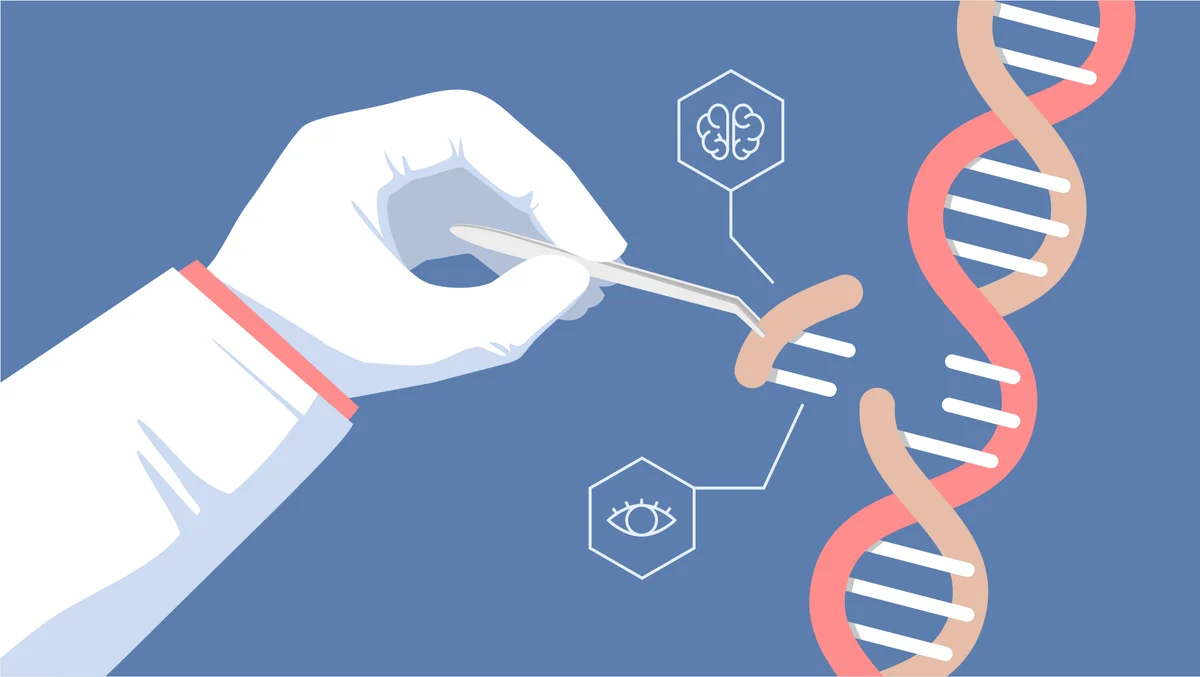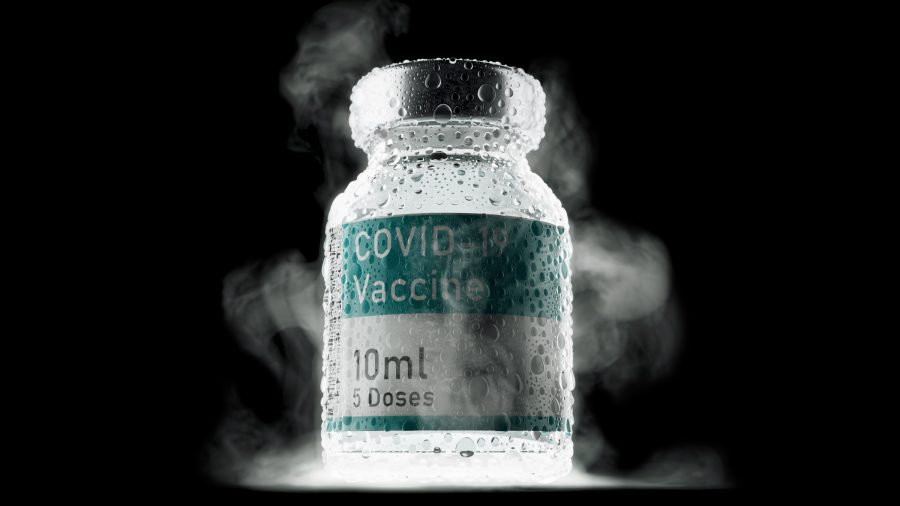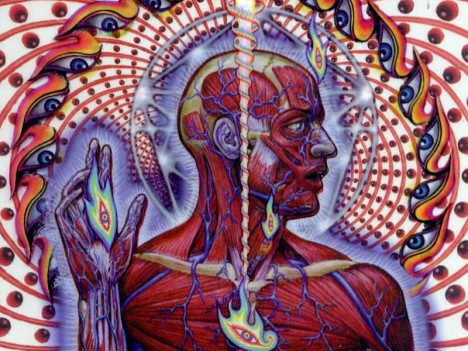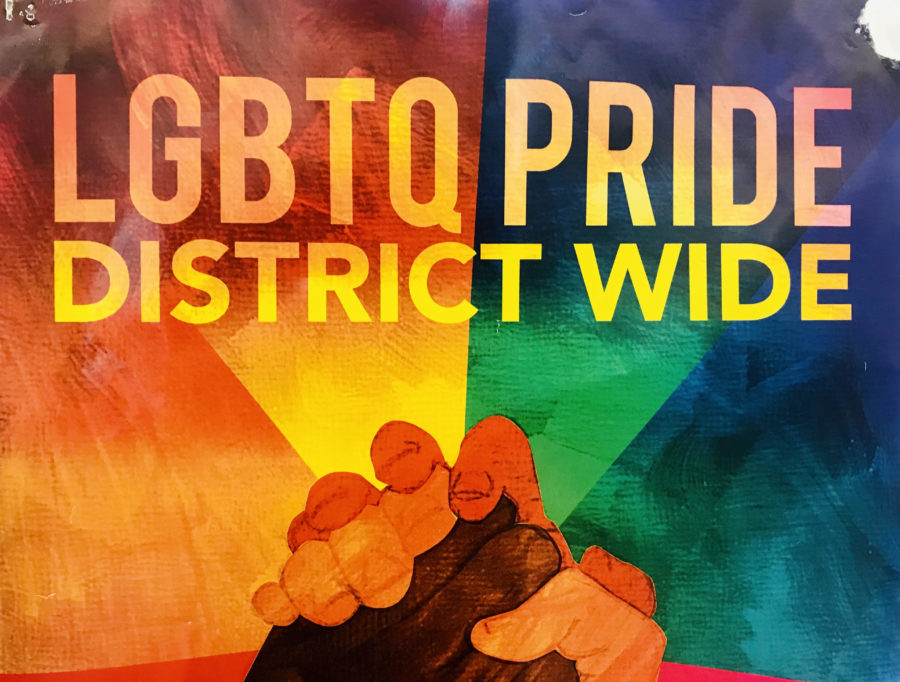The new astonishing medical advancement called CRISPR could save many lives, but it could also have a devastating impact on evolution as we know it, and cause detrimental effects to our society’s development. CRISPR, clustered regularly interspaced short palindromic repeats, is a sequence of bases that can be read the same each way . These palindromic repeats are a group of DNA that lie within prokaryotes like bacteria, which have been adapted to treat genetic disorders. Scientists compare CRISPR to a pair of ‘molecular scissors’ that can cut through DNA sequences to potentially remove segments harmful to organisms. CRISPR mainly functions with two parts, RNA and DNA. RNA, or ribonucleic acid, acts as the guide, and DNA, deoxyribonucleic acid, acts as the cutting enzyme.
One of the diseases CRISPR has shown promising results with is cancer. According to a paper published by the National Institute of Health (NIH) and National Cancer Institute (NCI), “CRISPR could alter the DNA of human cells.” In fact, the report continued, “…researchers tested a cancer treatment involving immune cells that were CRISPR-edited to hunt down and attack cancer.” This could lead to a change in how medical professionals approach cancer, especially for individuals who don’t respond to the current treatments like chemotherapy. While this form of genetic editing is currently in its early stages, CRISPR could lead to a promising future. Scientists hope to eventually be able to remove potentially cancerous segments of DNA before they cause the disease.
Another disease CRISPR has shown promise with is sickle cell disease, which affects eight million people worldwide, primarily people of African American descent. Sickle cell disease was the first disease for which CRISPR-approved therapy was allowed, but is only currently being tested in patients twelve and older. Columbia University led a team for adult patients with this disease. Originally the only available treatment was bone marrow transplants, but this only applied to about 15% of the population with sickle cell. Bone marrow treatments are dangerous however, because the patient must remain immunocompromised for a specific period of time, exposing the patients to harmful factors like organ failure. CRISPR offers a potentially safer way to approach this disease proactively. Professionals will use the editing capabilities of CRISPR to change the components of the encoding that makes the hemoglobin, decreasing pain rates, and hospitalization rates for patients struggling with sickle cell disease. Columbia University is now beginning to use CRISPR to make edits in the gene that controls the synthesis of hemoglobin, allowing for CRISPR edited stem cells to go into the bone marrow. Those cells will then transform as red blood cells to produce the hemoglobin with the correct shape, decoding and encoding the patient’s genes.
CRISPR could potentially lead to new changes in the future of medicine, but could it be considered more detrimental than helpful? Even with all these medical advancements, CRISPR may still come with an ethical cost. There are those who believe that any genetic alteration is wrong. As advancements with gene editing progress, so do many conversations on how far it can go with some people’s future endeavors. Ethical concerns on whether or not changing features like eye color, hair color, height, whether or not a child has freckles or not, and so much more leading to what many call ´designer babies’ run rampant.
Another worry that could stem from genetic editing is a loss of genetic differentiation. If DNA is edited, it is in a sense replaced, and if that process were to take place for multiple people, that portion of the DNA could become identical for everyone who endured that process, also known as genetic homogeneity. Genetic homogeneity would lead to a reduction in natural variation which is essential to evolution, and adaptations for future generations. Without any mutations that occur in nature, there is no way to develop, potentially stunting evolution by eliminating genetic variation. This would also leave humans in a more vulnerable state when coming in contact with changes to diseases, or any environmental changes that may occur in the unforeseeable future. The common banana found in the produce section of your grocery store is an example of this phenomenon. The Cavendish banana accounts for 47% of all bananas, according to the Food and Agriculture Organization, which is a tremendous amount considering there are over 1000 types of bananas. The Cavendish Banana, was genetically modified to have three chromosomes and no seeds, and these can only replicate by cloning themselves through propagation. But since the bananas have been bred to be farmed, they’ve been altered to the point that they lack genetic diversity. And with the introduction of the Panama Disease, a fungal infection, the bananas lack the resistance to fight and are threatened with extinction. Evolution thrives off of change and genetic drift, and if the population lacks it, then the chances of any significant development is minimal, causing susceptibility to unforeseeable changes. In simple terms, CRISPR is genetic modification so there is concern by many that it may have evolutionary impacts on humans.
In the long term, genetic editing like CRISPR may be able to prevent genetic diseases. However, it may also slow down evolution, and become a potentially detrimental factor to how humans live in the future. In the short-term, medical scientists will continue to look for ways to help humans to live healthy lives. It will be left to public opinion to determine what is ethical and right.

























































































